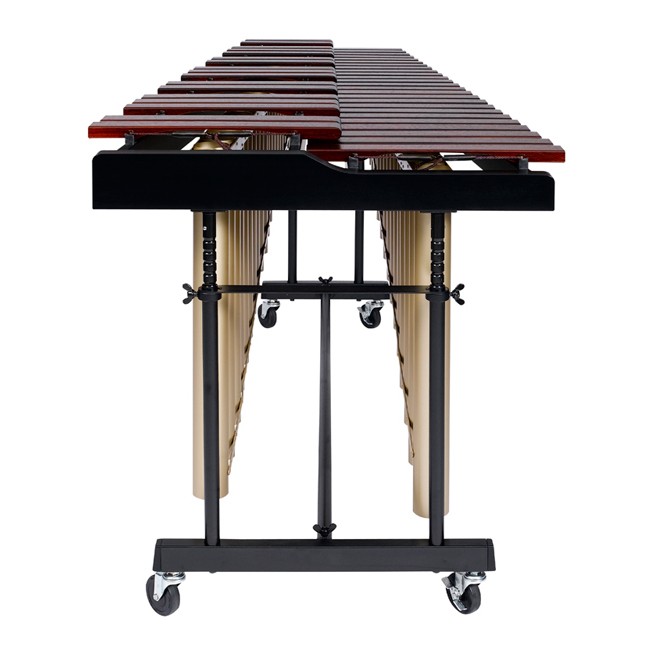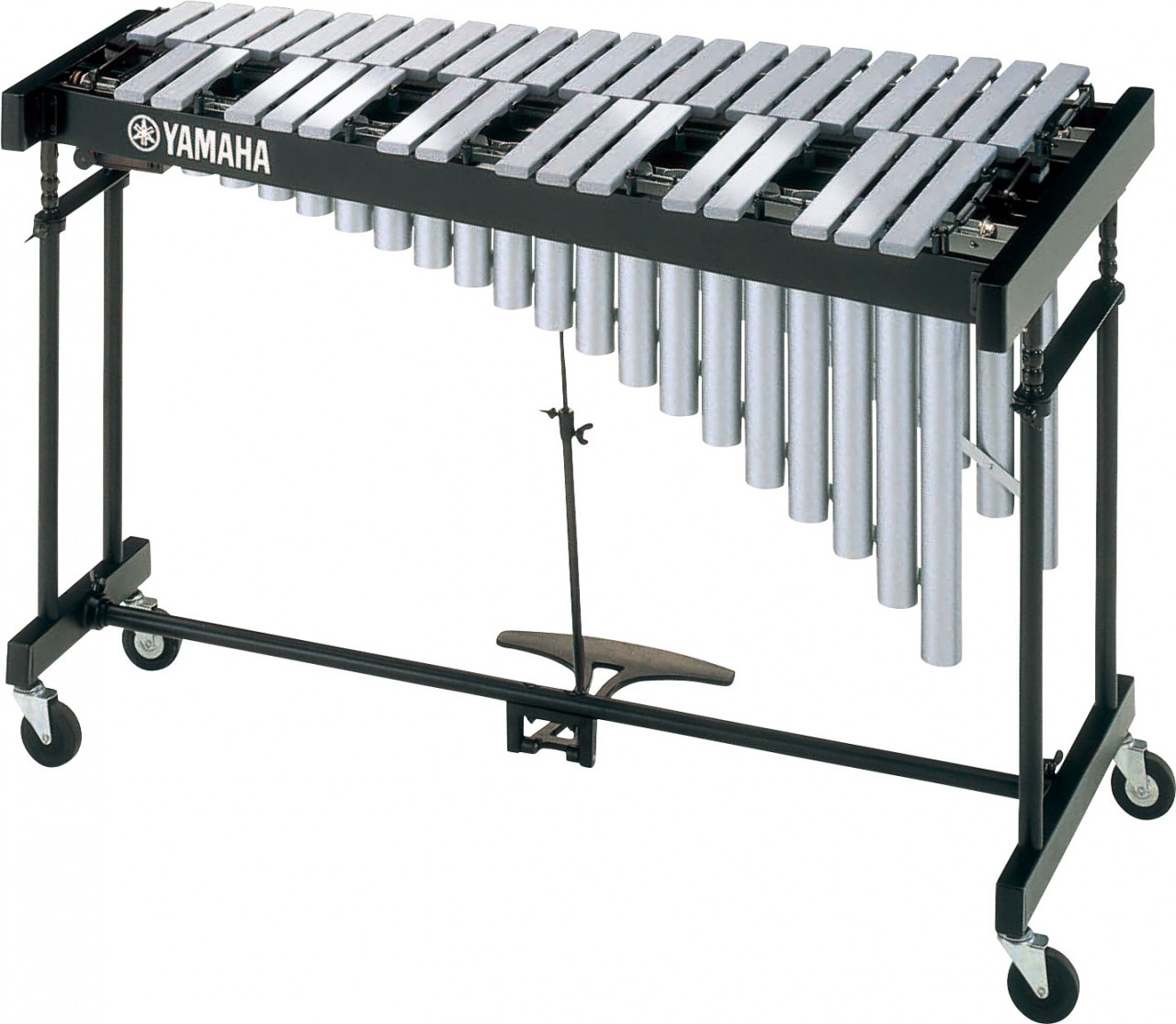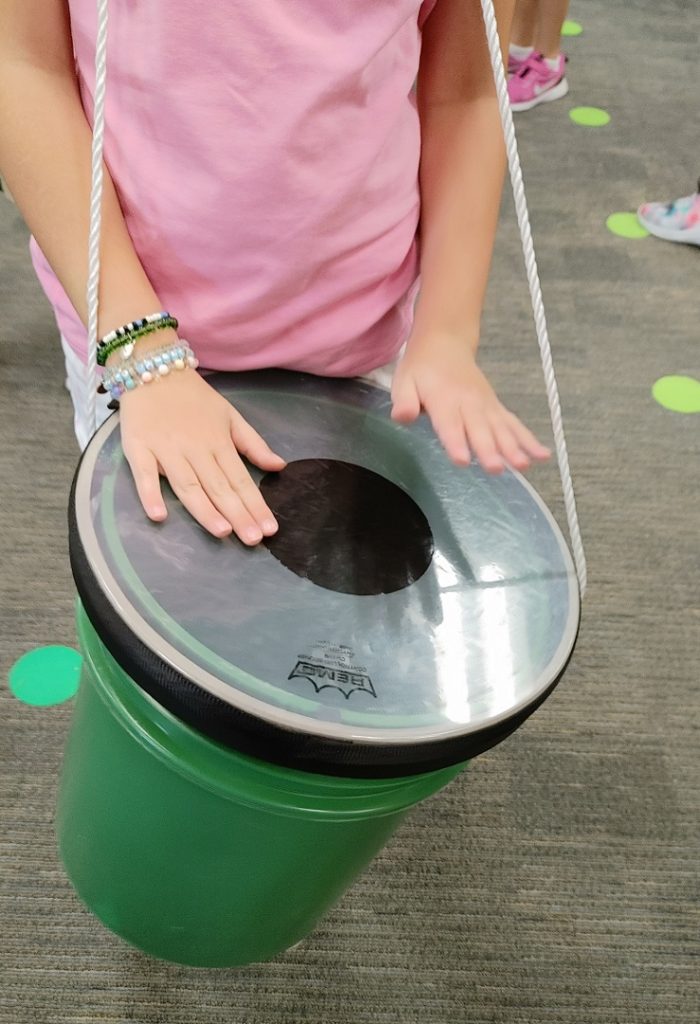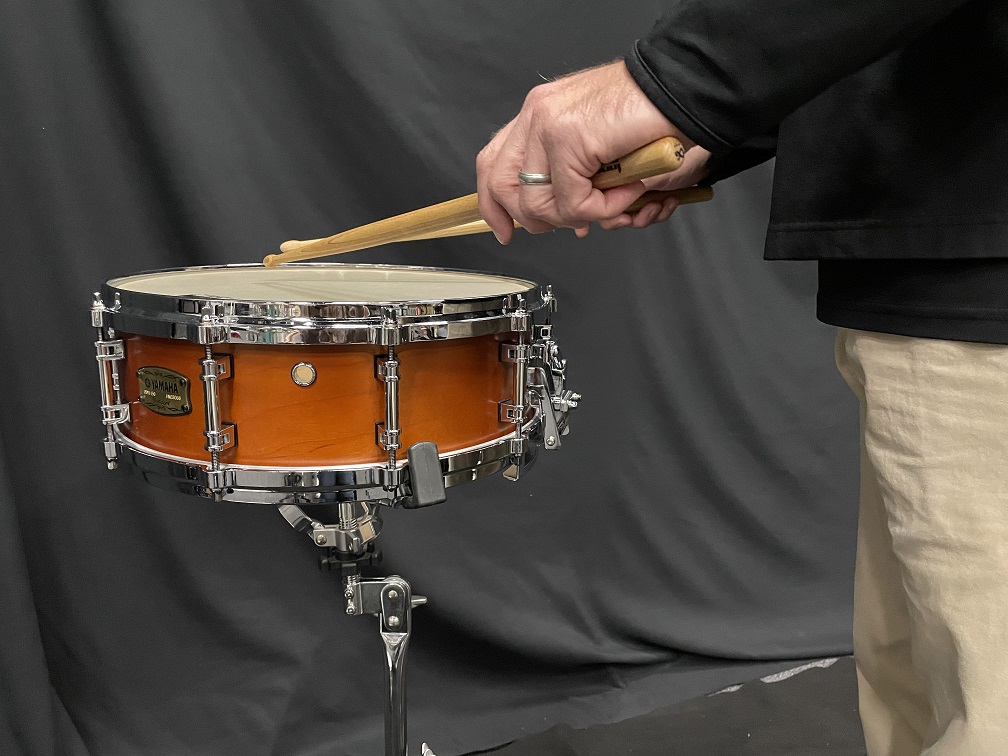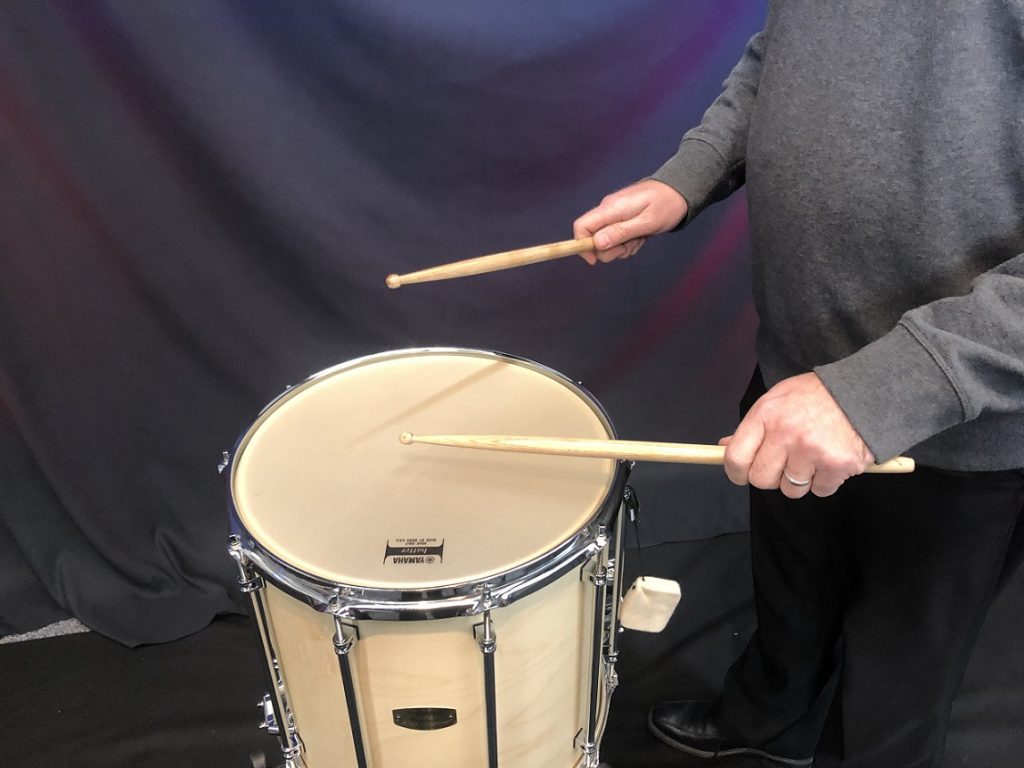Tagged Under:
How to Choose the Right Mallet
The mallet you need will depend on the instrument, music, repertoire and style. Do your homework before starting your mallet collection.
Imagine that it’s a new school year, a new band/ensemble season, and the percussionist arrives to rehearsal to see what music is in store for the first concert. Alongside the percussionist is a mallet bag, and inside are his or her tools. When opened, the bag looks like a beautiful and colorful bouquet worthy of a centerpiece!
The other musicians glance over and are amazed by the bag’s alluring contents — blue, green, red, small, large, metal and plastic mallets. How does a percussionist decide which is right for the occasion?
Besides simply producing sound, mallets are used to achieve different articulations, colors, characters and dynamics. Choosing the right mallet is the first step in producing the best possible sound for a piece.
With the number and types of mallets on the market, it’s easy to get overwhelmed. It’s important that your band/ensemble has a good selection of mallets to begin the music-making process. As your mallet collection grows, you can focus on how to choose the right mallet for the music, repertoire or style you are playing.
Marimba
Marimba is the ideal instrument for introducing the capabilities of mallets. All of the principles listed below apply to other mallet instruments.
Marimba mallets generally are made with yarn or synthetic yarn. The yarn is wrapped around a core and is glued to a rattan, birch or fiberglass shaft.
Articulation: Determining your desired articulation is the first step in finding the right mallet. The hardness of a mallet — very soft, medium, very hard, etc. — determines the articulation at the instrument. For rolls, a soft to medium-soft mallet is recommended for a nice smooth legato tone. For articulate passage, a hard mallet should be considered to allow all notes to speak.
Range: When choosing a mallet for marimba, you must take the range into consideration. Most marimbas are made of rosewood, a hardwood that needs to be protected due to its limited amounts. To avoid damaging the bars, the lower the range you are playing, the softer the mallet should be.
If you are covering a large range, I recommend starting with a medium yarn mallet. This will allow both the high range to speak with little force, and the low range to sing without damaging any of the bars. If more articulation is desired in the low range, try switching to a soft cord mallet.
Graduated Mallets: If you are playing with four mallets, it is common to graduate then. For example, you may wish to have a soft mallet in the bass, along with three medium mallets. This allows for a nice full tone throughout the instrument. This is often seen in solo playing, but can be effective in some of the band and ensemble parts requiring four mallets.
Weight/Color: Not all mallets weigh the same. Weight can come from several factors, including the mallet’s core, the core’s materials and how much yarn is wrapped around the core. The heavier a mallet, the darker the sound will be. The material of the core can also affect the color produced by a mallet. A harder core will produce a brighter sound.
Glockenspiel
The most common mallets for glockenspiels (aka orchestra bells) are general poly (plastic) mallets and brass/aluminum mallets. For the best fundamental tone, I recommend a medium-hard poly ball.
Like all mallets, the hardness of the ball affects articulation on the glockenspiel. Due to its high frequencies, the instrument’s sound can cut through very easily. If you desire the instrument to be more blended in musical texture, I would recommend a soft poly ball.
Depending on the size of the mallet’s head, articulation and dynamics will be affected. A smaller ball will sound thinner in tone, while a larger ball will provide a fuller response from the bar. This principle can be applied to all mallet instruments, although most commonly seen on the glockenspiel.
Metal mallets, such as aluminum and brass, are also commonly used on the glockenspiel. While not providing a full fundamental sound like a poly mallet, brass provides a different possibility in color. Some composers specifically ask for a brass mallet, so it is always good to have a pair in your collection. Metal mallets provide a brighter sound and more articulation on the instrument. If you really want a glockenspiel part to broadcast sound, brass mallets will allow this.
For warmer or darker tones, try a soft or hard rubber mallet.
Vibraphone
For vibraphone, I recommend cord mallets. While yarn marimba mallets would produce a good sound from the vibraphone, the metal bars will damage the yarn and lessen the articulation.
For band and ensemble playing, a hard cord mallet is my go-to vibraphone option. From my experience, softer vibraphone mallets sound great on the instrument, but articulation and tonal clarity is lost among the other member of the ensemble.
In smaller ensembles or chamber groups, choose a mallet that best fits the character of the piece. For a bright sound and sharp articulation, a very hard mallet is best. For a soft legato sound, I recommend a soft cord. Although not ideal, yarn mallets can be used at softer dynamics to produce different tone qualities. Take a moment to try all of your mallets to see their sound capabilities on the vibraphone.
Xylophone
Finally, let’s look at the xylophone. Mallets for the xylophone are typically made of poly (plastic) material, rubber or wood. Up until now, articulation played a big role in mallet selection. The marimba, glockenspiel and vibraphone all have resonance that are affected by mallet choice. The xylophone, however, is different. It has a very short staccato response. When I look for the right xylo mallet, I ask myself, “What color do I want?”
Words such as bright, dark, warm and shrill describe sounds I might want for a xylophone passage. The specific sound I want depends on several things: what other instruments are in the ensemble? What is the band’s texture and articulation while the xylophone is playing? What is the character of the music?
The hardness of the mallet will change how the initial attack of a note sounds. Harder mallets result in a brighter and louder tone, while soft mallets, such as rubber, produce a warmer and more rounded tone.
Wooden mallets are also a good choice. Although I do not use wood mallets often, the sound of wood against wood can be just right for a piece, especially one with a thick texture. Wood mallets allow the shape of the ball to be altered. Some wooden mallets have a much larger surface area, producing a full rounded sound, while others have a small surface area that results in a chirpy sound.
Other Considerations
Rehearsal/Performance Space: It is important to know that a mallet that sounds great in a practice room or rehearsal room may sound different in the performance area. Depending on the acoustics of the hall, a hard mallet may sound several degrees softer. While the winds and string players are warming up, take the opportunity to go out in the hall and hear the mallets. If possible, record a rehearsal in the performance area and see if you can hear the desired articulation. From cafetorium to concert hall, mallet choice is constantly changing.
Instrument Care: Never use a mallet that is harder than the material you are playing. You run the risk of damaging the instrument and diminishing its sound. Even if the texture of the ensemble makes the marimba or vibraphone almost inaudible, it is not worth damaging the instrument to be heard. We especially need to protect the rosewood instruments.
Changing Mallets: It is acceptable to change mallets during a piece, so have a trap table with several pairs to best reflect the changing articulations, dynamics and color of the music you will be performing. If you have isolated rolls, a softer mallet will produce a legato sound. Later, if the piece has fast 16th note runs, switching to a hard mallet will allow these to be heard with the best possible sound.
Changing Instruments: The instrument you are playing will determine mallet choice as well. Oftentimes you arrive to a gig or concert area that has different instruments. Be sure to check if the mallet you are using remains unchanged or if the new instrument affects its articulation.
Shaft Considerations: There are three common shafts for mallets — birch, rattan and fiberglass. Birch is stiff and often longer in length. I tend to use birch for four-mallet playing because I have a bit more control of the mallets. Rattan is more flexible. I almost always use rattan for two-mallet playing in band and ensemble. I enjoy the feel, and opposed to birch, it gives a slightly more open sound. Fiberglass is good if you want to play lightly on an instrument; it is easier to control without the flexibility of the rattan.
Sound Advice
With a nice selection of mallets, you and your percussionists will be prepared for band and ensemble. Keep your mallets on hand and know their individual capabilities so when a piece calls for a brighter or darker sound, you will know which mallet to choose.
You want to make sure the notes you and your students have been learning are balanced with the band or ensemble are musically appropriate. With all the mallets on the market, it can be overwhelming where to start. A mallet you purchase one day may not be right for the piece you are playing, but I promise it will come in handy for another piece down the line. Hang on to all of your mallets, and rely on your ears to make musical decisions for mallet choice.
When purchasing your first mallets, it is nice to have soft, medium and hard pairs. I recommend buying them all from one line to have a consistent sound across all articulations. From there you can expand, widening your color and articulation options.










